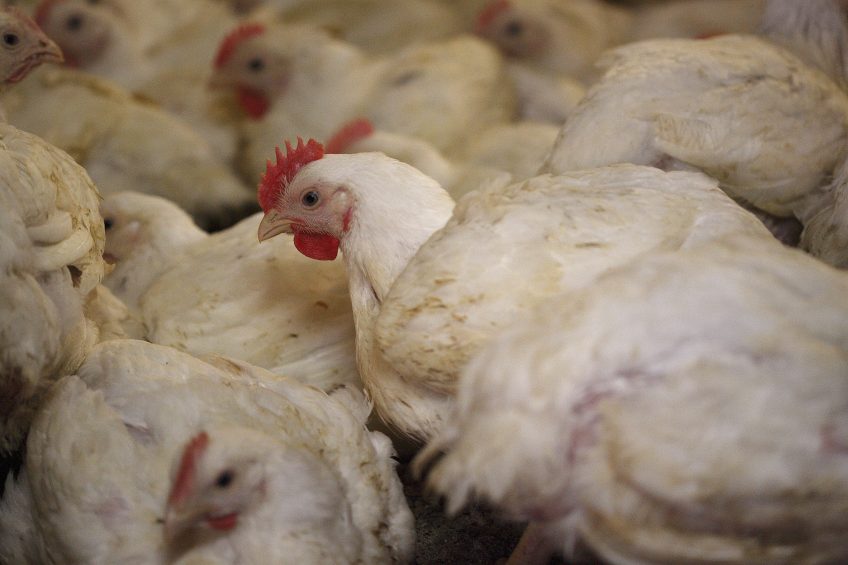Bioaerosol sampling to detect AI in Vietnam

Newly emergent and virulent strains of the H7N9 avian influenza (AI) virus are rapidly spreading in China and threatening Vietnam.
The threat prompted researchers, led by professor Gregory C Gray, professor of infectious diseases at the Global Health Institute, to introduce aerosol sampling for avian influenza viruses in Vietnam.
During October 2017, Professor Gray and colleagues assembled three National Institute for Occupational Safety and Health two-stage aerosol samplers on tripods and ran them for 4 weeks during the first 3 weeks of October 2017 at Ha VI, the largest live wholesale poultry market in Hanoi.
They positioned the samplers 0.5m from the ground and 0.2 to 1.5m from live bird cages, collecting samples on 10 days. During that time, they also collected 15 to 20 oropharyngeal (OP) swab samples from chickens and ducks 0.2 to 1.5m from each of the NIOSH samplers.
The three weeks of sampling yielded 30 aerosol samples that were 90% positive for avian influenza, by quantitative reverse-transcription polymerase chain reaction and 116 OP swab sample pools ( 5 samples per pool) that were 47% positive.
Egg cultures yielded 1 avian influenza virus (not H5 or H7) from aerosol and 25 viruses from OP pooled swab sample pools – 5 of which were H5 positive.
The association between positive types (over time and position) was strong with 91.7% of positive OP pooled swab samples confirmed by positive aerosol samples and 81% of avian influenza positive aerosol samples confirmed by positive OP swab samples.
The researchers concluded in their report in Clinical Infectious Diseases that aerosol sampling might be used for early warning screening of poultry markets for novel influenza virus detection, such as H7N9.
Markets with positive aerosol samples might be followed up with more focused individual bird or cage swabbing, and back-tracing could be performed later to locate specific farms harbouring novel virus.
Culling birds in such farms could reduce highly pathogenic avian influenza virus spread among poultry and humans, they concluded.
Join 31,000+ subscribers
Subscribe to our newsletter to stay updated about all the need-to-know content in the poultry sector, three times a week. Beheer
Beheer











 WP Admin
WP Admin  Bewerk bericht
Bewerk bericht